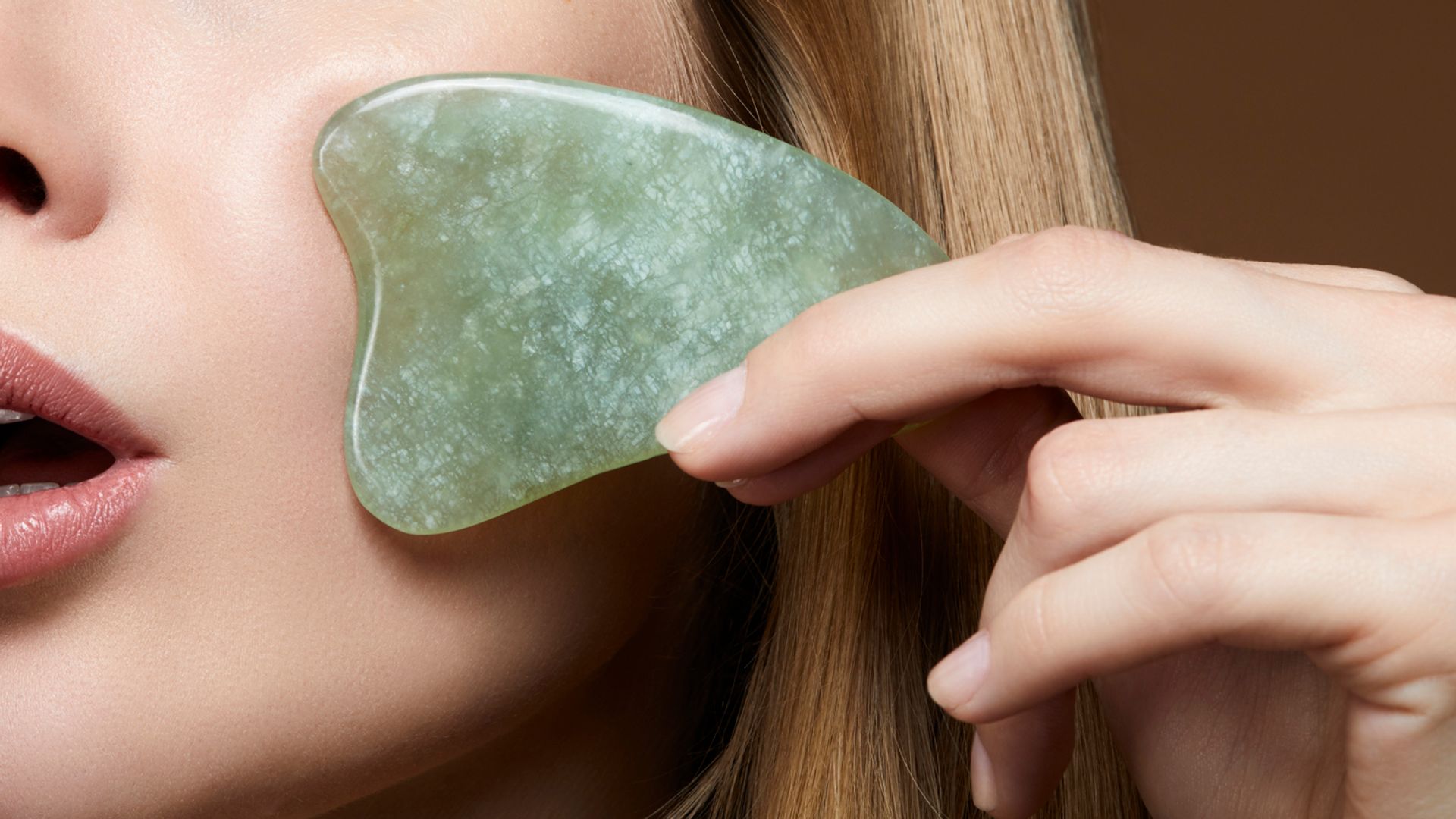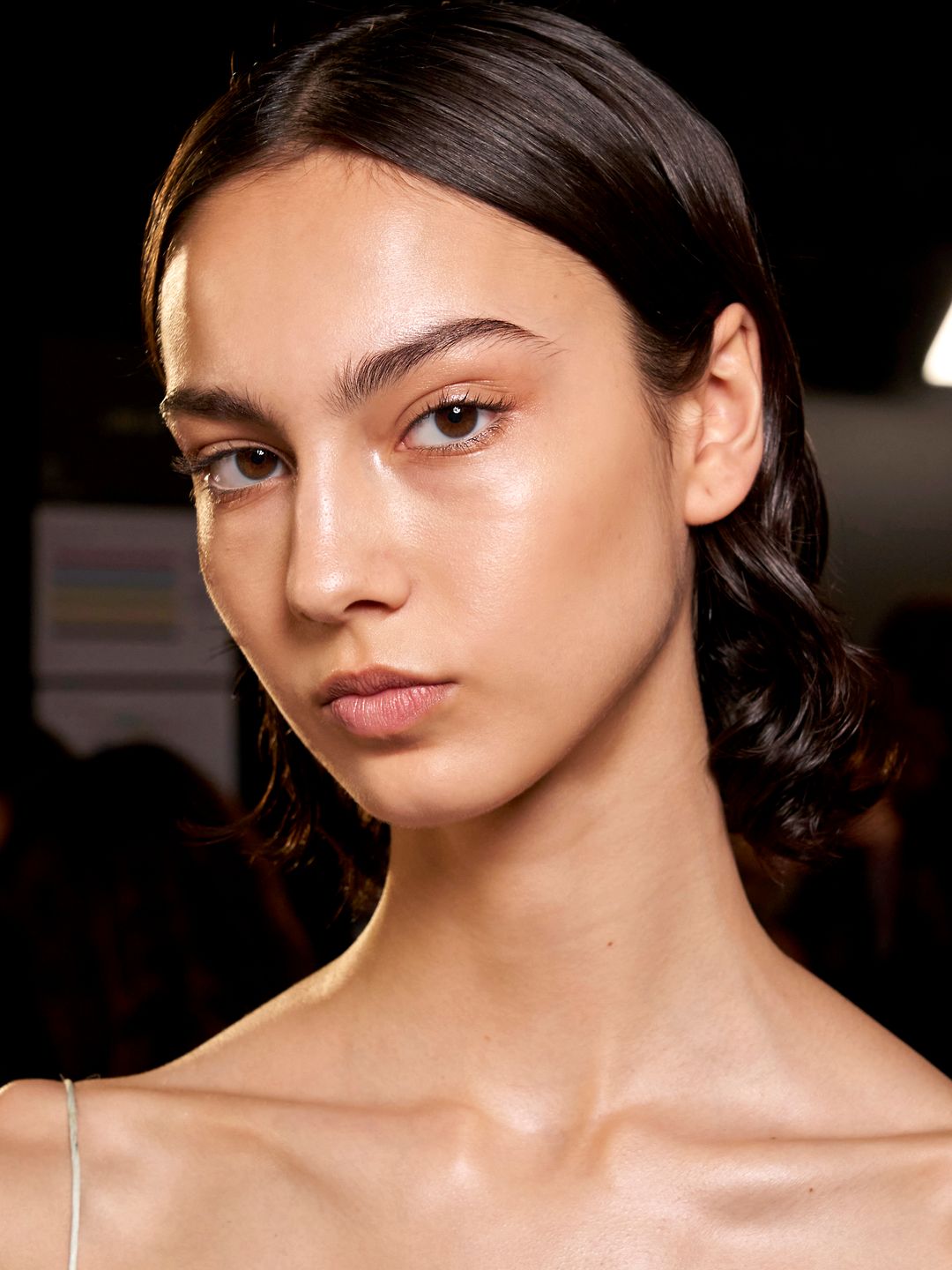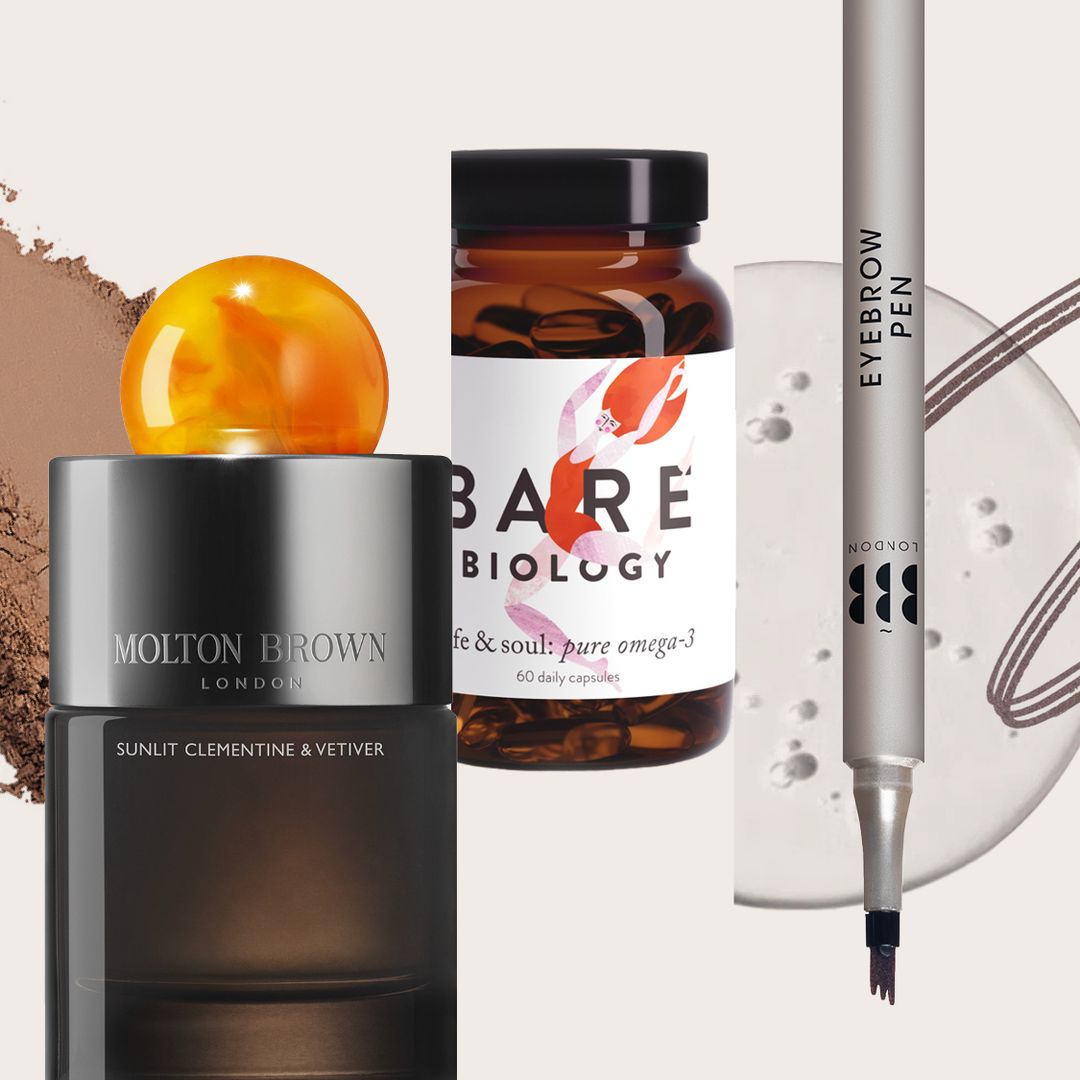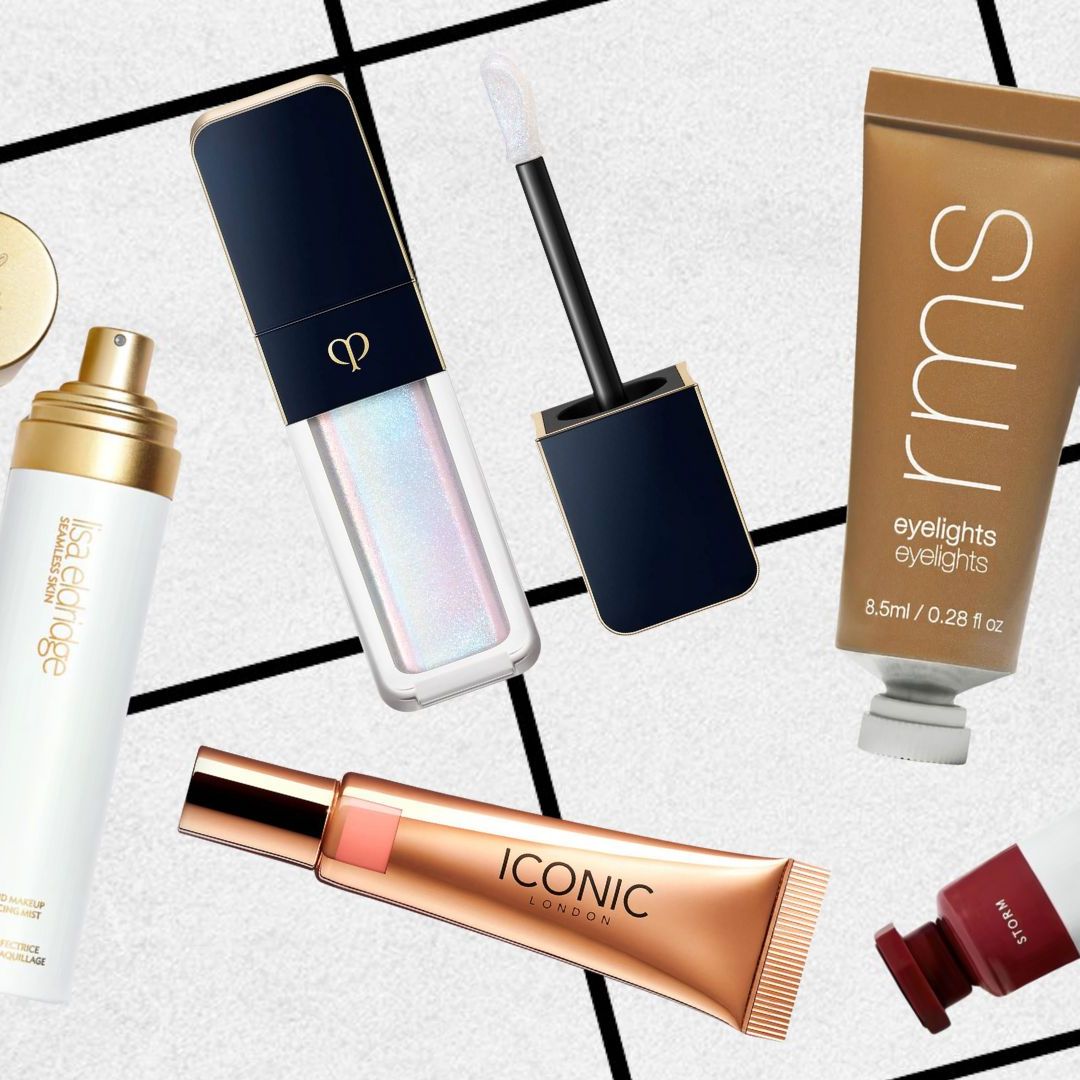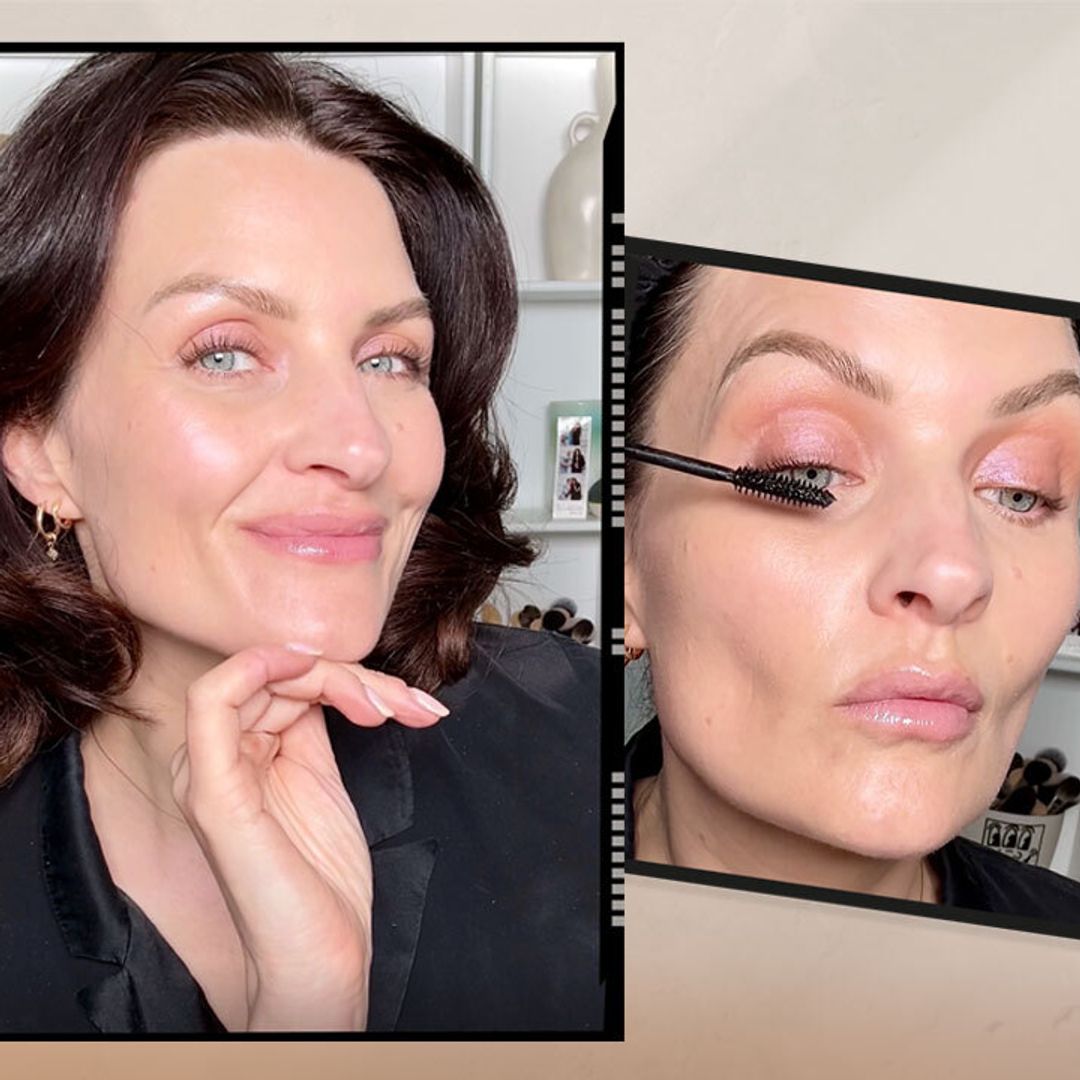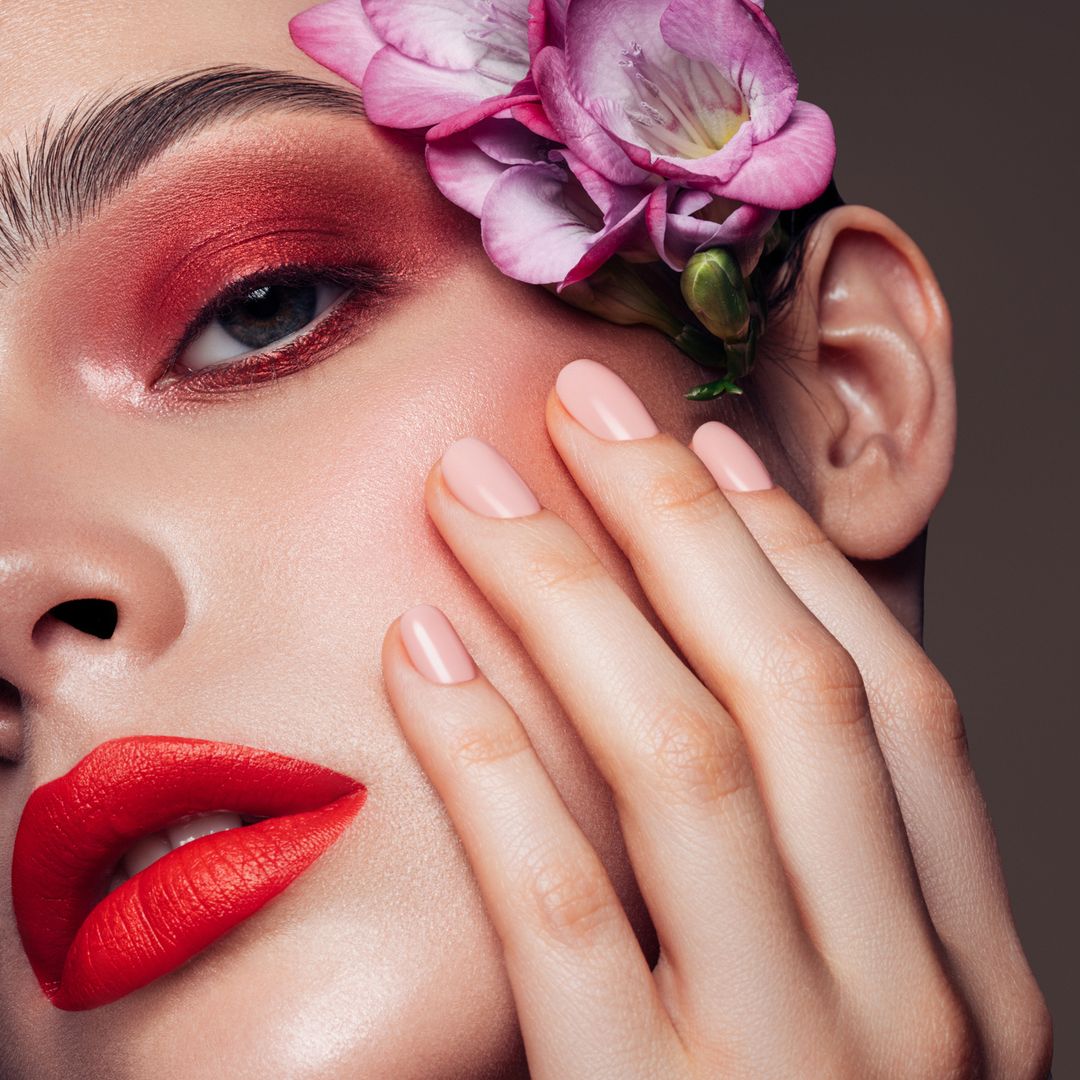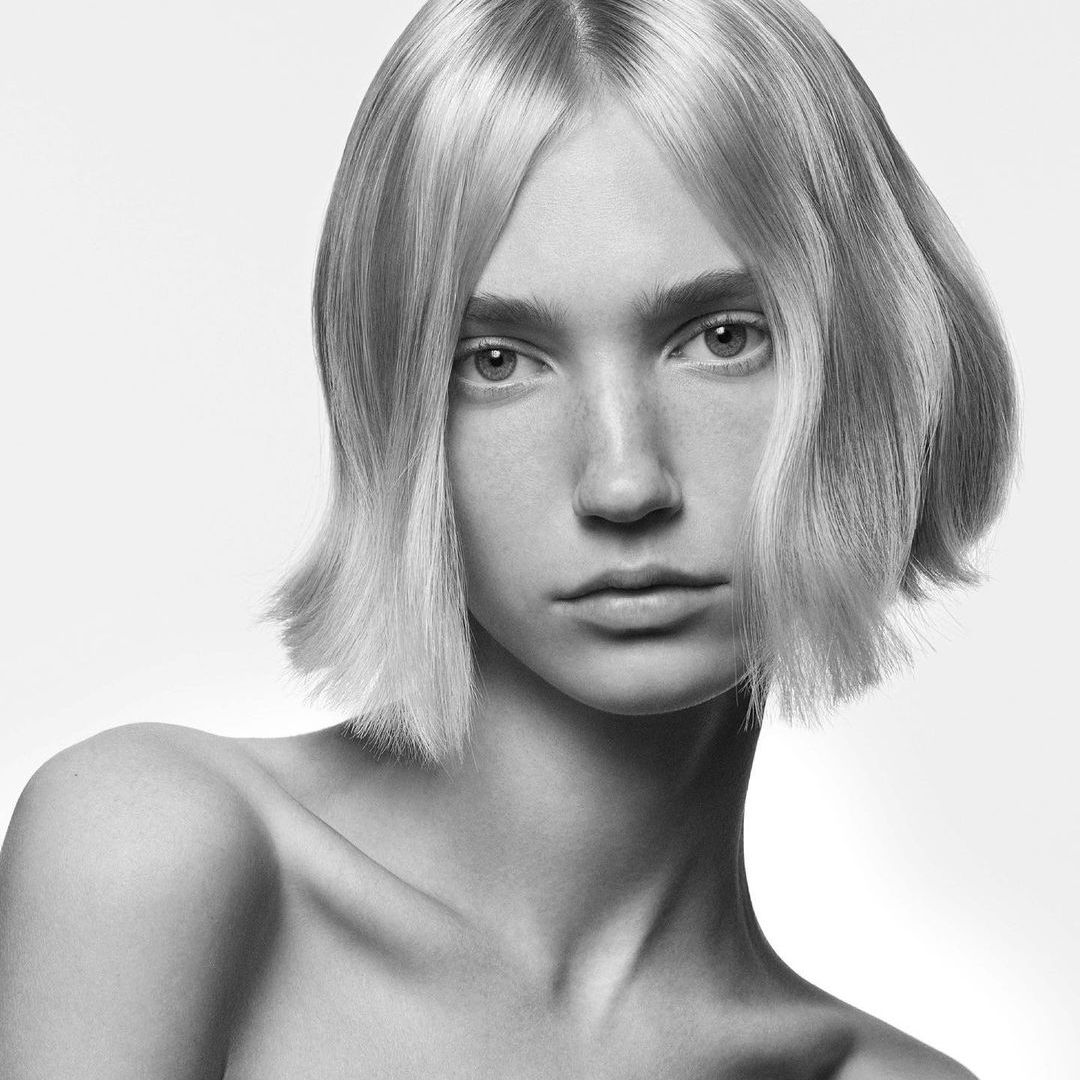Gua sha is one of those skincare techniques that, unless you're in the know, feels as though it is shrouded in a veil of mystery.
Dewy-skinned Tiktok stars gliding smooth crystal tools over the skin - but achieving what exactly?
MORE: What does face toner actually do? A dermatologist reveals everything you need to know
What is gua sha?
Based on ancient Chinese healing practices, gua sha (pronounced gwah-shah) had a long, rich history way before it infiltrated the modern skincare world.
The technique, originally used all over the body, involves scraping a smooth-edged tool along oiled skin to relieve muscle tension. It was believed that the practice also helped alleviate blocked chi, aka the energy that flows through the body.
Is it good for your skin?
"Gua sha is used as a tool for facial massage to promote circulation, boost lymphatic drainage, and relax facial muscles," says dermatologist Dr Jinah Yoo.
"This technique can reduce the appearance of wrinkles, improve skin texture and tone, and enhance overall complexion. Gua sha stones are a great tool for massaging the skin and this method is also great for promoting lymphatic drainage and helping with microcirculation too."
MORE: What is double cleansing and how to do it right - according to a celebrity facialist
READ: Should your skincare routine follow a particular order?
"They are also considered to be a go-to tool for enhancing the absorption of topical products (oils, serums and the like) by pressing the product deeper into the skin. As well as improving circulation and reducing water retention, it helps to stretch connective tissue and can help reduce the appearance of cellulite. It’s a real powerhouse."
What is the difference between a facial roller and a gua sha tool?
"Gua sha stones differ from facial rollers in that they are shaped differently and used for different purposes," Dr. Yoo explains. "While jade rollers are typically used to promote circulation and reduce puffiness, gua sha tools are used for deeper tissue massage and lymphatic drainage."
"Gua sha can also help skincare products penetrate deeper into the skin thus giving a more soft and supple complexion. If you are looking for a tool that is easier to use, I would recommend choosing a facial roller as they allow for quick movement – a great choice for a first timer. Nonetheless, both can be beneficial for overall skin health and should be used in conjunction with a consistent skincare routine."
How to use a gua sha tool:
Contouring the jawline
Gua sha cannot alter your bone structure, but it can help emphasise the face's natural contours. "Use the stone at a 45-degree angle against the skin, starting from the chin and moving upwards towards the earlobe. Repeat this motion several times to create a lifting effect," Dr. Yoo advises.
Lymphatic drainage
"This technique involves massaging the gua sha in upward strokes, starting from the centre of the face and moving outwards towards the ears, lymph nodes, and collarbone. This increases blood flow which then stimulates the lymphatic system, reduces inflammation, promotes circulation, and supports overall skin health. It is recommended to use gentle pressure with the gua sha stone and avoid dragging the stone too hard or too quickly across the skin."
Depuffing the face
"Start with the lymphatic drainage technique to reduce inflammation and then use the gua sha stone at a 90-degree angle against the skin to gently massage and push any excess fluids outwards towards the edges of the face."
Like this story? Sign up to our Hello! Fashion newsletter to get your weekly 'Fashion Fix' delivered straight to your inbox.
